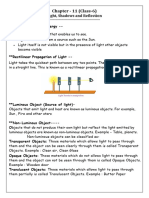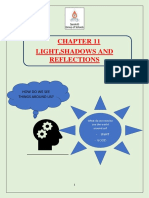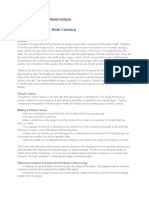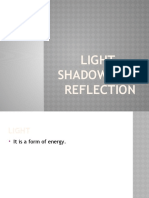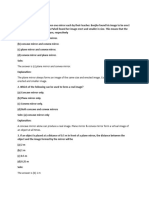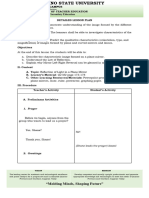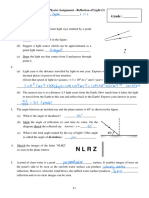0% found this document useful (0 votes)
48 views9 pagesAssignment Booklet Light, Shadows and Reflection
Chapter 8 discusses the properties of light, including its nature as energy, the rectilinear propagation of light, and the distinction between luminous and non-luminous objects. It explains the formation of shadows, the function of pinhole cameras, and the principles of reflection in mirrors, highlighting the differences between real and virtual images. The chapter also includes assignments with multiple-choice questions and short answer prompts to reinforce understanding of these concepts.
Uploaded by
abaan2050Copyright
© © All Rights Reserved
We take content rights seriously. If you suspect this is your content, claim it here.
Available Formats
Download as PDF, TXT or read online on Scribd
0% found this document useful (0 votes)
48 views9 pagesAssignment Booklet Light, Shadows and Reflection
Chapter 8 discusses the properties of light, including its nature as energy, the rectilinear propagation of light, and the distinction between luminous and non-luminous objects. It explains the formation of shadows, the function of pinhole cameras, and the principles of reflection in mirrors, highlighting the differences between real and virtual images. The chapter also includes assignments with multiple-choice questions and short answer prompts to reinforce understanding of these concepts.
Uploaded by
abaan2050Copyright
© © All Rights Reserved
We take content rights seriously. If you suspect this is your content, claim it here.
Available Formats
Download as PDF, TXT or read online on Scribd
/ 9
